Ties that bind: China’s path to digital domination
OPINION: How the West was fooled into thinking technology would spread liberty around the world.
OPINION: How the West was fooled into thinking technology would spread liberty around the world.
Chinese leader Xi Jinping was last week elevated to equal status with two former leaders of the Communist Party, Mao Zedong and market reformer Deng Xiaoping.
A resolution on the party’s accomplishments since its founding 100 years ago portrays Xi as a core leader who has “promoted historic achievements and historic changes”.
Xi’s path to absolute power is similar to that of other dictators – elimination of potential rivals, the rewriting of history to a single version the truth, and surrounding himself with compliant yes men. His mantra of China’s “New Era” reverses many of Deng’s economic reforms, and revives the hardline socialist slogans of Mao.
One is the “common prosperity” campaign that aims to curb the wealth and influence of China’s capitalist elite, by restricting their access to foreign capital and reining in the large private companies. At the same time, Xi is tightening the Communist Party’s control over all aspects of public and private life.
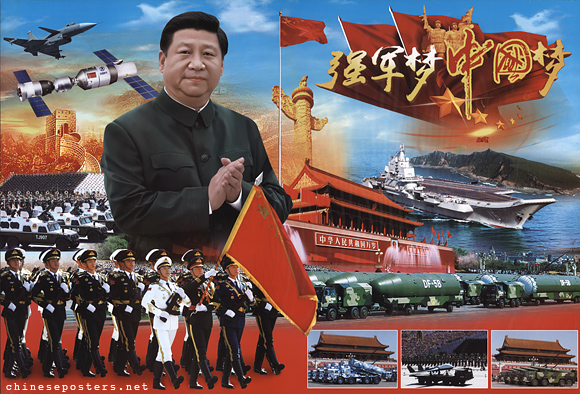
Another of his favourite slogans is the ‘China dream’, which is to be the next premier global superpower. Moves such as asserting full Communist Party control over Hong Kong and stepping up military pressure on Taiwan are part of this plan.
On the wider world stage, the Belt and Road Initiative will make the non-Western world more dependent on Chinese capital, markets and products. At home, local manufacturing to replace imports of high-tech equipment is targeted by 2025, followed by international standards-setting in 2035, and superpower status by 2050.
This timetable isn’t a secret and how it is panning out is the subject of The Digital Silk Road, by American think tank researcher Jonathan E Hillman, who is based at the bipartisan Centre for Strategic and International Studies in Washington DC.
Long-term goals
His focus is China’s long-term goals to replace America as the dominant high-tech provider of networks, artificial intelligence, machine learning, and much else. The driving force is Xi’s belief in digital authoritarianism that is capitalising on the “retreat of democracy” and the West’s failure to resist China’s direction.
“Few ideas have been as powerful, persistent and wrong in recent history” as that modern communications technology would spread liberty around the world, empowering individuals against government power, Hillman says.
China took advantage of the West’s misconception and absorbed as much technological knowledge as it could by legal and illegal means. This strategy began in 1994, just before the internet became commercially available, and was formalised into official policy in 2005.
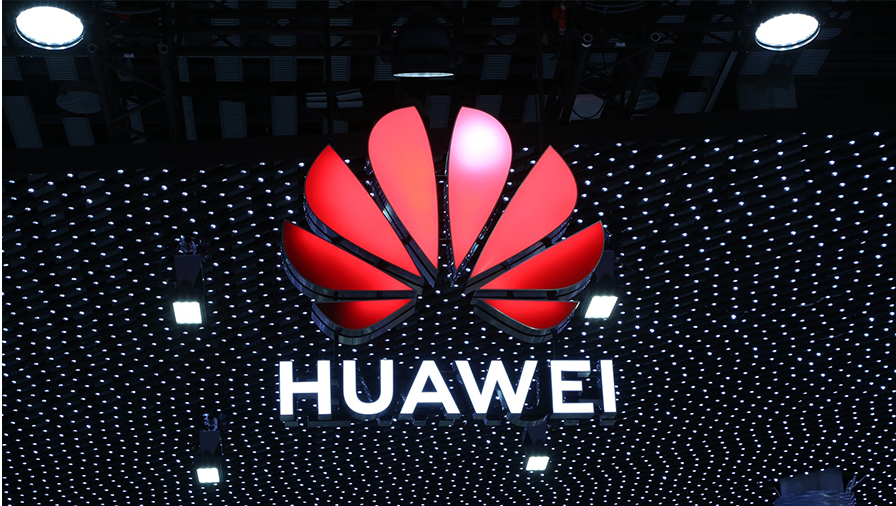
Western companies who rushed into the Chinese market in these early stages learned a hard lesson. One was Canada’s Northern Telecom, which rebranded itself as Nortel and was a world-leader in internet switching gear. It was forced into a partnership with Chinese companies, among them Huawei, resulting in a loss of its technological edge and collapse into bankruptcy.
As Nortel faded, Huawei blossomed and eventually became a world-leader itself. “Huawei was circling the Canadian tech giant. First as a dove, then as a hawk, and finally as a vulture,” Hillman comments.
Quick learner
Huawei was a quick learner and soon ousted Nortel as the primary supplier of phone-switching gear with the help of researchers from the PLA (People’s Liberation Army). A four-year management consultancy with IBM helped transform Huawei into a sophisticated global operation. It hired most of Nortel’s staff when the latter failed in 2009, with realisable assets sold for US$7 billion, compared with its market peak at US$250b.
Nortel was not an exception. Other western telco manufacturers that moved early into China – Alcatel, Ericsson, AT&T, Siemens, BTM (Belgium), and Fujitsu – faced similar problems.
That period of easy transfer of Western technology to China ended with the Trump administration re-imposing earlier bans on the export of sophisticated equipment, including those with military uses. The US has successfully pressured Western governments, including New Zealand, to exclude Chinese companies such as Huawei from the building of 5G and other networks.
This shutout policy has enabled China to double-down on its own efforts. In cable laying, for example, China has advanced to fourth in the world with its aim to carry, store and mine data, while sealing off its own internal networks.
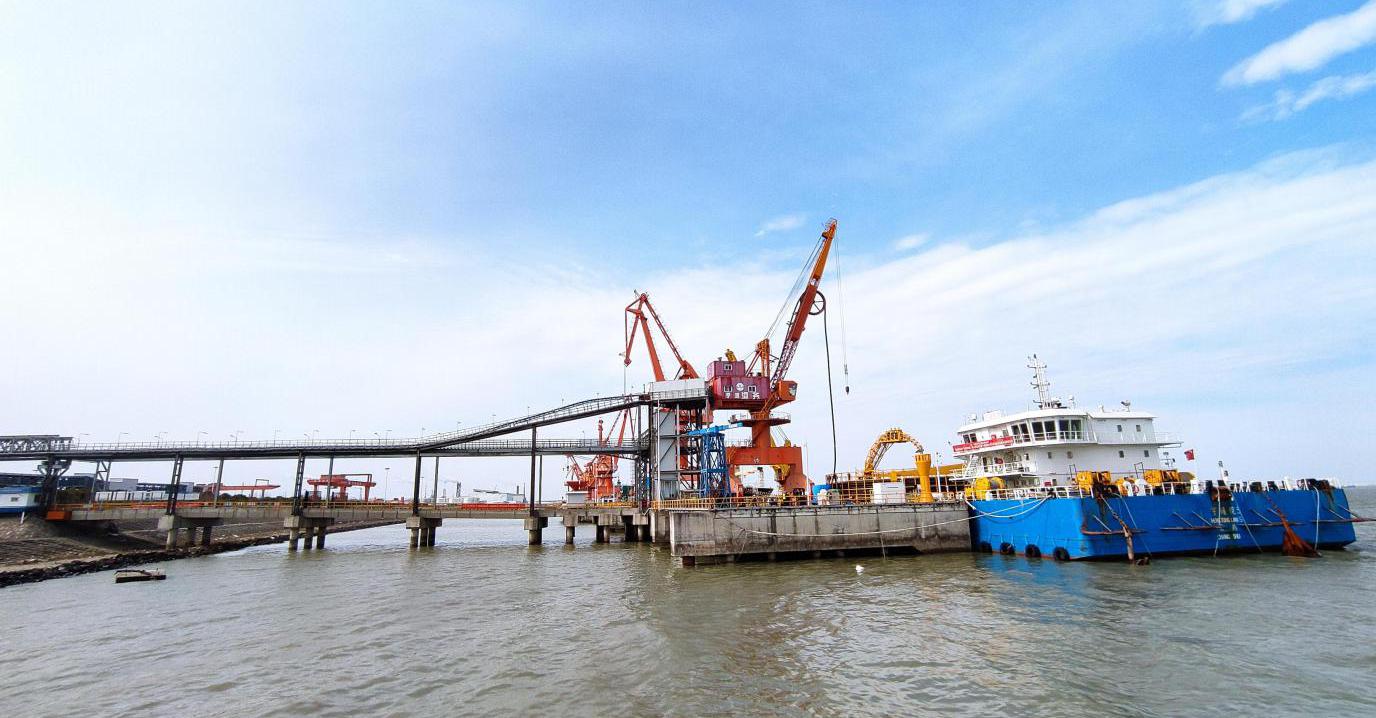
Hillman says this hasn’t always worked to China’s advantage. A Chinese-laid cable between Brazil and Cameroon in central Africa carries little traffic, while high-tech hubs in Ethiopia and Kenya have failed to find local users. China has had more success in Pakistan, with a landline corridor already established. Another links Ethiopia with Djibouti, at the base of the Red Sea. All that remains is the Pakistan-Djibouti submarine leg that is under construction.
Faced with these developments, and China’s preparedness to go into markets in Africa, South America, Asia, and the Pacific that offer little commercially, Hillman urges these receive more political attention from western governments.
Economic inducements
Apart from economic inducements, which are attractive to countries that lack self-sufficiency or even sustainability, China is also selling tools that assist authoritarian regimes, particularly in surveillance, digital including facial recognition, and conversation monitoring. Among the globally-known Chinese companies are Hikvision, Dahua and Uniview (surveillance), Hengtong (cables), and Beidou (satellites).
Concepts such as ‘smart’ and ‘safe’ cities have been honed in China as a means of population control. Their use against the Uyghur people in western China has appalled the democratic world, where authorities work within prescribed legal limits.

No such controls exist in China, though Hillman says the plethora of information feeds scattered over many different systems are proving inefficient. The Communist Party’s “ability to see has outpaced its ability to think,” he writes, though it believes too much control is better than too little.
Hillman sees some hope the US and other Western nations can counter the Chinese digital offensive into the half of the world that is not yet online.
“It will require [a] balance [of] domestic security measures with a greater emphasis on commercial offence abroad,” he says. “[The US and its allies] must think creatively about how to adjust the risk-reward calculus that has kept their companies out of these markets.” This would require a “more intrepid approach” in building data centres and laying cables to connect emerging economies.
Space technology
China’s path to global dominatation extends beyond Earth’s land and seas to space. In the past, almost all of its space technology was borrowed from the West. This included involvement in the European Union’s Galileo project as an alternative to the American GPS.
China has since gathered enough know-how to launch its Beidou system to rival GPS. This was accelerated by an incident in 1996 when two out of three Chinese missiles fired toward Taiwan disappeared and missed their targets. It was because the US turned off its GPS, again forcing China to develop its own.
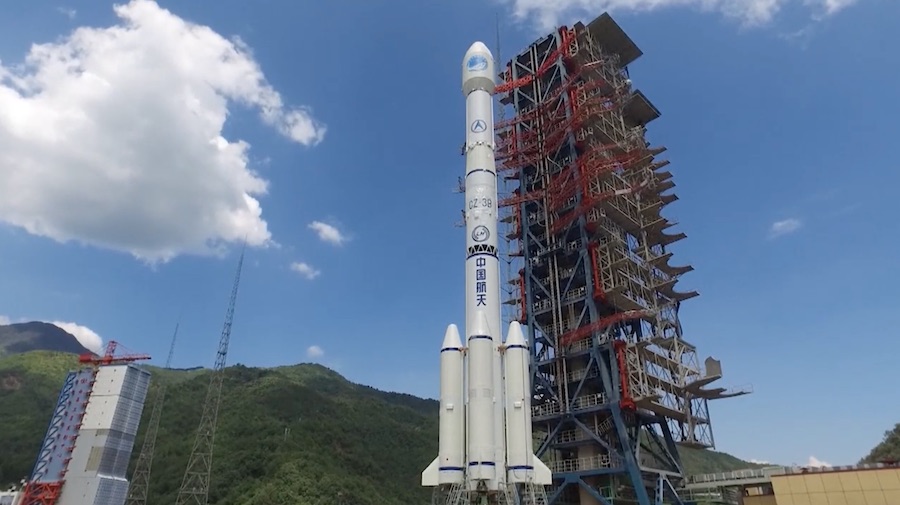
Beidou is a powerful lure to allies such as Pakistan and Iran, and it is embedded in most Chinese-made electronic goods. These range from smartphones including Apple’s iPhone, watches, and fitness trackers to motor vehicles and drones.
The US still maintains an edge in areas such as cloud computing, satellites, and advanced semiconductors, but the gap is surely closing. Hillman suggests a strategy of promoting innovation while defending against China’s illegal acquisition of technologies.
China’s tech companies rose through stealing technology and huge state subsidies. But they also created affordable products and served overlooked markets.
This requires, at least from the Western viewpoint, a different business and security mindset that is more inclusive to other world economies. Hillman suggests a coalition to counter China’s digital authoritarian offensive, with India as a key partner providing population scale. Without such a coalition, Xi’s “dream” will be achieved through its policies of “extraction, coercion, division and domination”.
However, Hillman believes Europe’s relative weakness, and its resentment at the US tech giants, don’t guarantee the success of a united front. One hope is India’s potential manufacturing role as a counter-balance in emerging markets. The challenge to open societies is real, if daunting, and this book offers a deep analysis of that threat and some possibilities of how it can be tackled.
The outcome may depend on China itself. Mao’s leadership, with which Xi compares himself, ended in the disaster of the Cultural Revolution. Deng showed a way out that entrenched a hierarchical, exploitative and highly secretive ruling structure. Xi has created a personality cult that demands even more repression and controls than George Orwell could have imagined. The role of technology alone in dictating the future remains an open question.
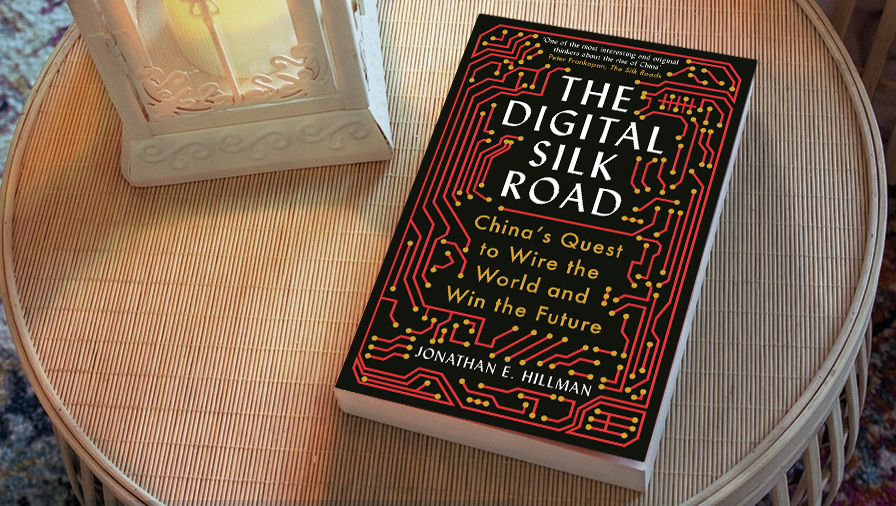
The Digital Silk Road: China’s quest to wire the world and win the future, by Jonathan E. Hillman (Profile)
Nevil Gibson is a former editor at large for NBR. He has contributed film and book reviews to various publications.
This is supplied content and not paid for by NBR.